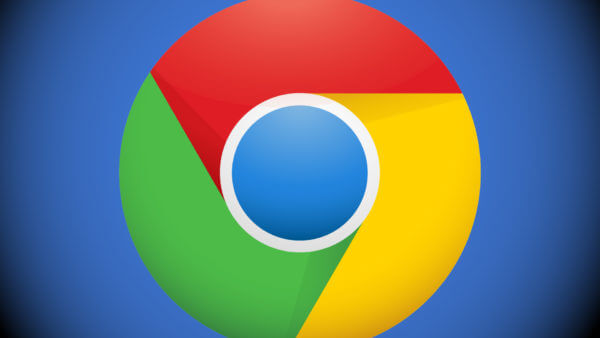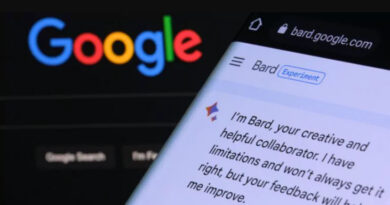Google Chrome to crack down on battery- and data-sucking display ads
The move follows other efforts to block “annoying” ads from loading on the browser.
Ads that are programmed poorly, aren’t network-optimized or mine cryptocurrency (seriously) can affect users’ devices — hogging network data and draining batteries.
“We have recently discovered that a fraction of a percent of ads consume a disproportionate share of device resources, such as battery and network data, without the user knowing about it,” Marshall Vale, a Chrome product manager wrote.
What will happen? Chrome will limit the resources a display ad can use before a user engages with it. If an ad exceeds the resource limit, Chrome will unload the ad using a mechanism called Heavy Ad Intervention. Users will see a message such as “Ad removed” in place of the ad, as shown in the example below.

Resource thresholds. Chrome will filter ads based on the following thresholds: 4MB of network data or 15 seconds of CPU usage in any 30 second period, or 60 seconds of total CPU usage.
Why we care. This move follows other efforts to filter or block certain ads from loading on sites in Chrome based on the Better Ads Standards. Very few advertisers will be affected by this change. Google says just .3% of ads exceed these thresholds today, but they account for 27% of network data used by ads and 28% of all ad CPU usage. Just in case, now’s the time to start looking at your ad builds to be ready for the change. There are Heavy Ad Intervention testing resources here.



